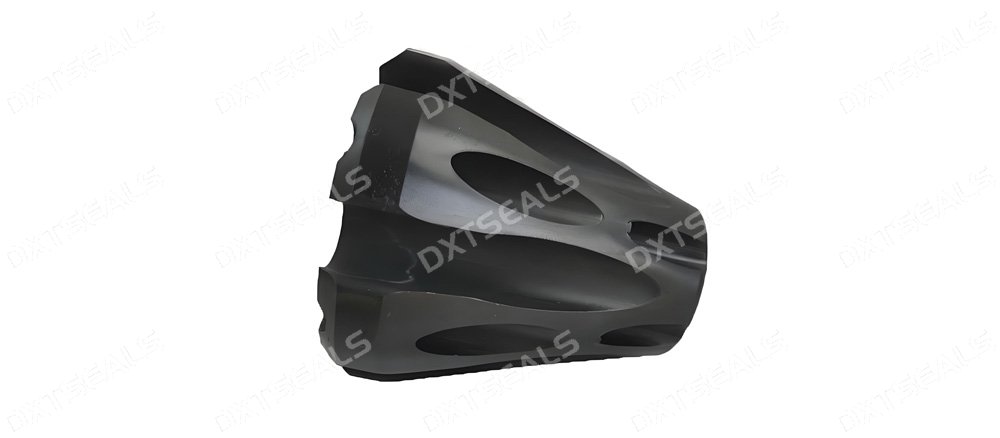
Polyetheretherketone (PEEK) has become a critical material in the automotive industry due to its exceptional strength, heat resistance, and chemical stability. As automakers seek lighter, more durable, and fuel-efficient solutions, PEEK is replacing traditional materials like metal, nylon, and PTFE in critical automotive components.
This article explores why PEEK is the ideal choice for modern vehicles, its key advantages, and where it is used in the automotive industry.
1. Why PEEK is Ideal for Automotive Applications
1.1 High-Temperature Resistance
- Withstands temperatures up to 250°C (482°F) continuously
- Retains mechanical properties in extreme heat, making it ideal for engine and exhaust components
1.2 Superior Strength and Durability
- High tensile strength (~90-100 MPa) ensures long-term performance
- Resistant to mechanical wear and fatigue, reducing maintenance costs
1.3 Lightweight for Fuel Efficiency
- Up to 70% lighter than metal alternatives
- Helps reduce vehicle weight, improving fuel efficiency and battery performance in EVs
1.4 Chemical and Corrosion Resistance
- Unaffected by fuel, lubricants, and harsh chemicals
- Does not corrode, unlike metals used in similar applications
1.5 Low Friction and Wear Resistance
- Ideal for moving parts, reducing friction and improving efficiency
- Extends the lifespan of bearings, seals, and gears
2. Key Automotive Applications of PEEK
2.1 Engine Components
- Valve seats, piston rings, and seals
- Performs under high pressure, high temperature, and chemical exposure
2.2 Transmission Systems
- Gears and bearings made of PEEK reduce friction and wear, improving longevity
2.3 Electrical and Electronic Components
- PEEK wire insulation protects sensors, connectors, and cables in harsh conditions
- Used in battery enclosures for electric vehicles (EVs)
2.4 Fuel System Components
- Fuel line connectors, fuel pumps, and fuel injection systems
- Resistant to gasoline, diesel, and biofuels
2.5 Braking Systems
- PEEK-based brake components withstand heat and friction better than metal alternatives
2.6 Exhaust Systems
- PEEK manifolds and heat shields improve efficiency while reducing weight and corrosion risks
3. PEEK vs. Traditional Automotive Materials
| Property | PEEK | Metal | Nylon | PTFE |
|---|---|---|---|---|
| Weight | Light | Heavy | Light | Light |
| Heat Resistance | High | High | Moderate | High |
| Strength & Durability | High | Very High | Moderate | Low |
| Chemical Resistance | Excellent | Poor | Moderate | Excellent |
| Wear Resistance | Excellent | Moderate | Moderate | High |
| Friction | Low | High | Moderate | Very Low |
Why Choose PEEK?
- Stronger and more heat-resistant than Nylon
- Lighter and corrosion-resistant compared to metals
- Better wear performance than PTFE in high-load applications
4. The Future of PEEK in the Automotive Industry
With the rise of electric vehicles (EVs) and stricter fuel efficiency regulations, the demand for high-performance plastics like PEEK is increasing. Manufacturers are exploring new ways to integrate PEEK into lightweight, high-efficiency, and long-lasting vehicle designs.
Conclusion
PEEK is revolutionizing the automotive industry by offering exceptional durability, heat resistance, and chemical stability. As automakers continue to innovate, PEEK will play a crucial role in next-generation vehicle designs, including EVs and hybrid models.
If you're looking for high-performance automotive materials, PEEK is the ultimate choice for enhanced durability, efficiency, and sustainability.
